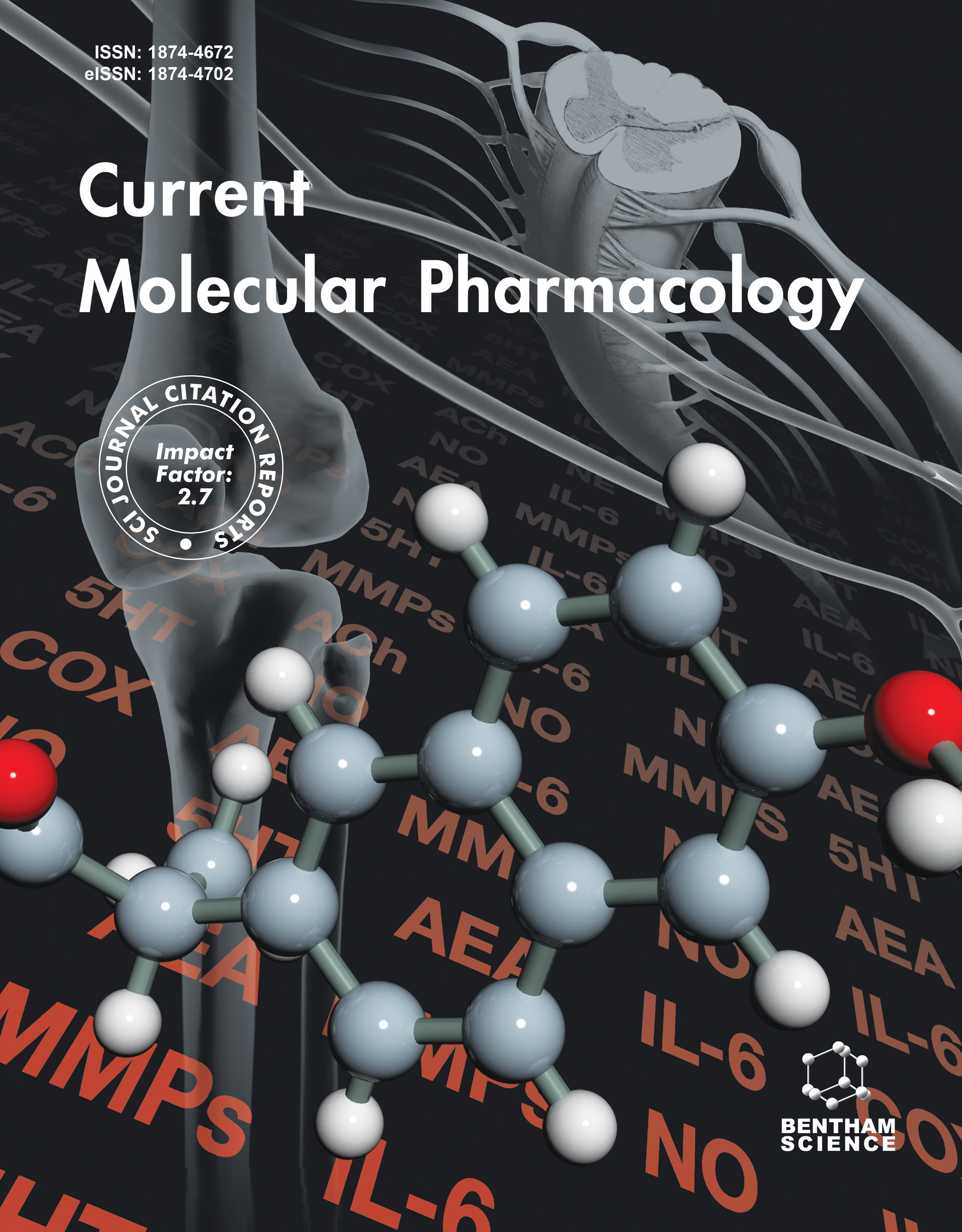
-
oa The Mitochondrial Targeting Drug SkQ1 Attenuates the Progression of Post-Traumatic Osteoarthritis through Suppression of Mitochondrial Oxidative Stress
-
-
- 15 Jan 2025
- 05 Mar 2025
- 17 Mar 2025
- Previous Article
- Table of Contents
- Next Article
Abstract
Post-traumatic osteoarthritis (PTOA) constitutes a distinct subtype of osteoarthritis (OA). Despite extensive research, no effective pharmacological intervention has been established to prevent or halt the progression of PTOA. Current therapeutic approaches are primarily limited to symptomatic management and pain relief. SkQ1, a novel mitochondria-targeted antioxidant, has emerged as a promising therapeutic agent due to its dual capacity to scavenge excessive intracellular reactive oxygen species (ROS) and modulate inflammatory responses.
This study aimed to investigate the therapeutic potential of SkQ1 in the early stages of PTOA and elucidate its underlying molecular mechanisms.
Chondrocytes were cultured under varying concentrations of SkQ1 to evaluate its cytotoxicity. Additionally, an in vitro oxidative stress model was established to assess the antioxidant effects of SkQ1 across different concentration levels, from which the optimal concentration for PTOA treatment was determined. The rat PTOA model was established through medial meniscal tear (MMT) surgery, followed by intra-articular administration of SkQ1 postoperatively. The gait characteristics of rats in each group were assessed biweekly following surgery. Outcome measures were evaluated at 2 and 6 weeks postoperatively, including pathological evaluation of knee cartilage, ROS levels, markers of oxidative damage, such as malondialdehyde (MDA) and 8-hydroxy-deoxyguanosine (8-OHdG), mitochondrial membrane potential, mitochondrial DNA copy number, and apoptosis-related cytokines.
In vitro, lower concentrations of SkQ1 (500 nM) exhibited superior antioxidant efficacy while minimizing cytotoxicity. The results indicated that SkQ1 administration significantly enhanced knee joint functionality and mitigated articular cartilage degeneration in both the acute and subacute phases of PTOA by inhibiting oxidative stress pathways. In a rat model of PTOA, SkQ1 not only alleviated gait abnormalities, but also substantially reduced levels of oxidative stress biomarkers, including ROS, MDA, and 8-OHdG. Furthermore, SkQ1 effectively preserved mitochondrial membrane potential and increased mitochondrial DNA copy number. Mechanistically, SkQ1 inhibited the release of cytochrome C (Cyt-C) and apoptosis-inducing factor (AIF) and downregulated key components of the mitochondria-mediated apoptotic pathway, such as Bax, Bak, cleaved caspase-3, and cleaved caspase-9.
The findings suggested that SkQ1 exerts its therapeutic effects via multiple mechanisms, including the reduction of ROS accumulation, mitigation of oxidative damage, preservation of mitochondrial function, and inhibition of apoptotic pathways. These diverse actions position SkQ1 as a promising disease-modifying agent for PTOA treatment, potentially offering benefits that extend beyond those provided by current symptom-focused therapies.


